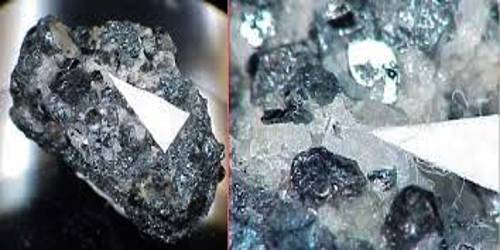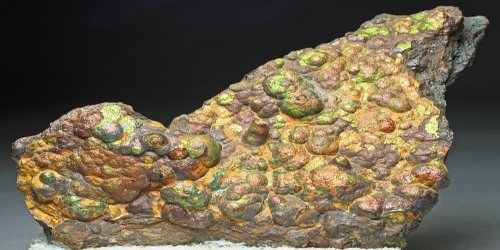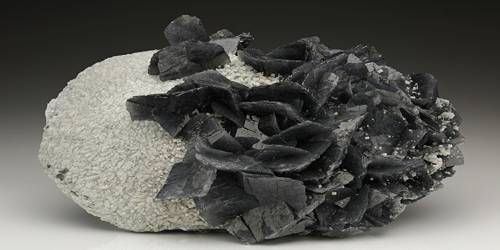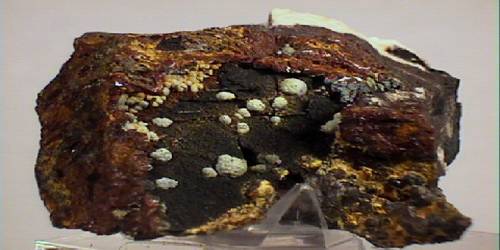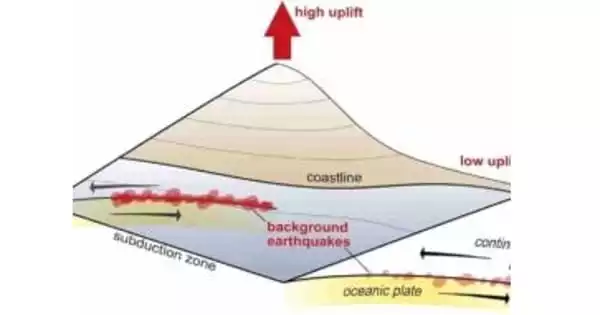Bromellite, whose name derives from the Swedish chemist Magnus von Bromell (1670–1731), is a white oxide mineral, found in complex pegmatitic manganese-iron deposits, but is more frequently made synthetically. It is a mineral consisting of beryllium oxide occurring in white hexagonal crystals.
Bromellite, as a beryllium-containing mineral, has some uses. Industrially, natural specimens have the potential to be an ore of beryllium. This is a rare mineral to encounter in its natural state, but it has been made synthetically for over 40 years.
General Information
- Category: Oxide minerals
- Formula: BeO (beryllium oxide)
- Crystal system: Hexagonal
- Crystal class: Dihexagonal pyramidal (6mm).

Properties
Bromellite can be identified in the field by its white color. Its transparent to translucent form has {1010} distinct cleavage. This mineral has a vitreous luster with a white streak. The density of bromellite is 3.017 g/cm3 with a hardness of 9 – approximate to corundum.
- Color: White, colorless
- Crystal habit: prismatic
- Cleavage: [1010] Distinct
- Mohs scale hardness: 9
- Luster: Vitreous
- Streak: White
- Diaphaneity: Transparent to translucent
- Specific gravity: 3.02
Occurrence
Bromellite occurs in hydrothermal calcite veins and veinlets in hematite skarn and skarnized limestones; in vugs in natrolite, hydrothermally altered from nepheline; and in syenite pegmatite. It is often associated with minerals such as swedenborgite, richterite, diaspore, manganophyllite, natrolite, and chamosite.
Uses of bromellite
It is one of the reagents that can be used in the manufacture of artificial emeralds. As an additive, bromellite confers high mechanical strength and very high thermal conductivity. In nuclear reactors, it is used as a moderator for fast neutrons. Ceramics containing bromellite are used in electronics, as well as crucibles for the melting of uranium and thorium. Bromellite, both natural and synthetic, is also used as a gemstone or as a collector’s mineral. As a gemstone bromellite is extremely rare. To date, there has been found only one crystal that is large enough to be cut.
Information Source:
